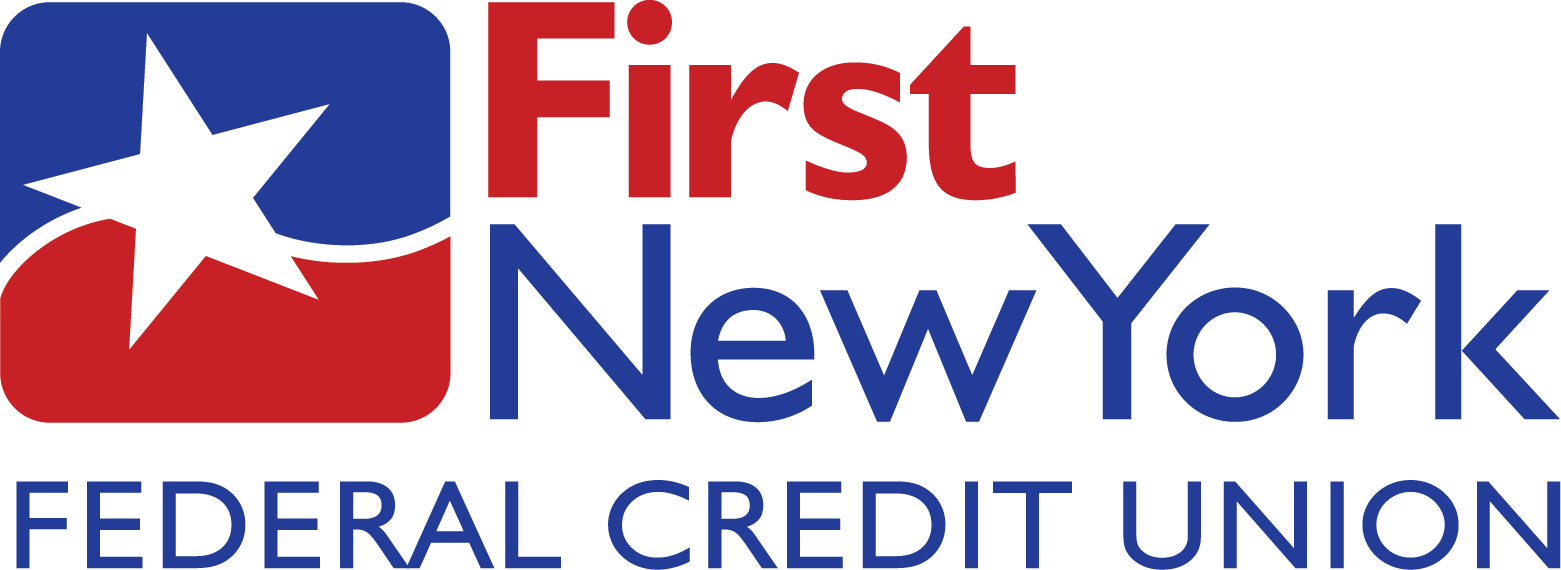
Safety First: What is Phishing?
Phishing occurs when a scammer sends emails or text messages impersonating another person or company to try to steal your personal information (passwords, account numbers, Social Security numbers, etc.).
Sharing your personal information with this scammer could give them access to your email, bank, or other accounts. They even could sell this information to other scammers.
Although scammers are always updating their tactics, here are some of the most common tactics used in phishing emails or text messages:
- “There has been some suspicious activity or log-in attempts.”
- “There is a problem with your account or payment information.”
- “You need to confirm personal or financial information.”
- Sending a link to click on to make a payment.
Always stay vigilant and think before clicking on a link in an email or text message from a company. These links could be malicious software that scammers use to get access into your computer and steal information. If you receive an email or text message that asks you to click on a link or open an attachment, ask yourself “Do I have an account with this company or know the person who contacted me?” and check the links before clicking on anything. When in doubt, reach out to the company or person to see if it is actually them contacting you.
Source: How to Recognize and Avoid Phishing Scams


No Comments